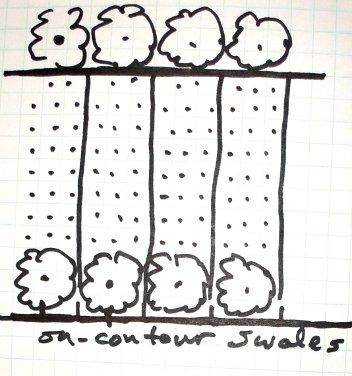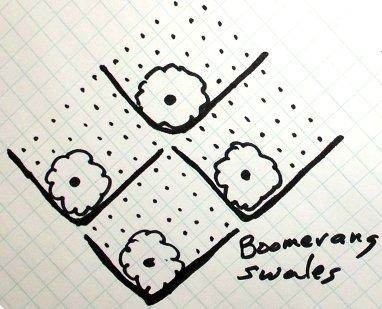




Petaca-Prieta complex, 1 to 8 percent slopes. These soils consist of clay loams, with rooting depths between 10 to 20 inches. Parent materials of weathered basalt and eolian sediments comprise these soils. Average annual precipitation ranges between 10 and 14 inches. Vegetation is characterized by western wheat, blue grama, sideoats grama, and winterfat.
Servilleta-Prieta complex, 1 to 5 percent slopes. These soils consist of clay loams, with rooting depths between 10 to 40 inches. Parent materials of mixed material derived from weathered basalt and eolian comprise these soils. Average annual precipitation ranges between 10 and 14 inches. Vegetation is characterized by blue grama, western wheat and sagebrush.
Vegetation observed during time of review included western wheat, fringe sage, squirreltail, blue grama, sagebrush, prickly pear, juniper, snakeweed, prairie Junegrass, pingue and rabbitbrush.




Idle dreamer

 1
1




Robbie Asay wrote:I'll be at 5a around 8000 feet and is mostly covered in sagebrush with the occasional juniper and pinion.
[...]
I would like to know from others familiar with these types of soils what issues you've had, successes and what you've done to make growing successful. My end goal is to grow and sell produce at the local farmers market and to restaurants...




Tyler Ludens wrote:You should be able to get the full county soil survey from your Soil Conservation District, which will show exactly what kinds of soils are on your property, or property you're looking to purchase.
Joseph Lofthouse wrote:A sagebrush/juniper/pinion ecosystem suggests that the area has low rainfall: Perhaps around 13" per year? The limiting factor to growing vegetables is unlikely to be the soil. It is more likely to be low temperatures from the high-altitude, and lack of water. I estimate that irrigation of about 1 acre-foot per acre would be required to grow vegetables for market.




Idle dreamer

 1
1











Joseph Lofthouse wrote:I've just finished downloading and closely examining satellite images for about 75 square miles surrounding Taos, New Mexico. I found two small orchards. And two small sites growing row-crops. The row-crop sites were mostly greenhouses with a few outside row-crops thrown in as if by afterthought. I was stunned that I didn't find a single home vegetable garden.

|
Let your freak flag fly. Mine is this tiny ad on my clothes line.
Play Your Way to a Sustainable Lifestyle: Uncover Permaculture Principles with Each Card
https://gardener-gift.com/
|







